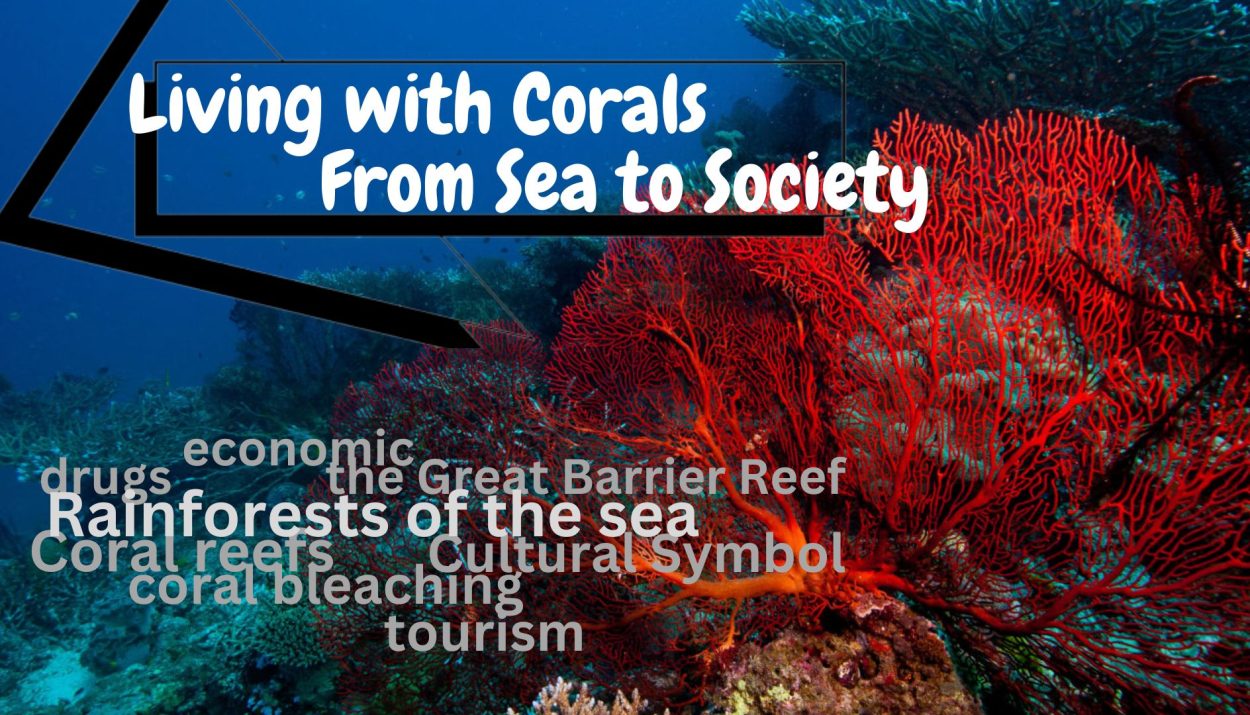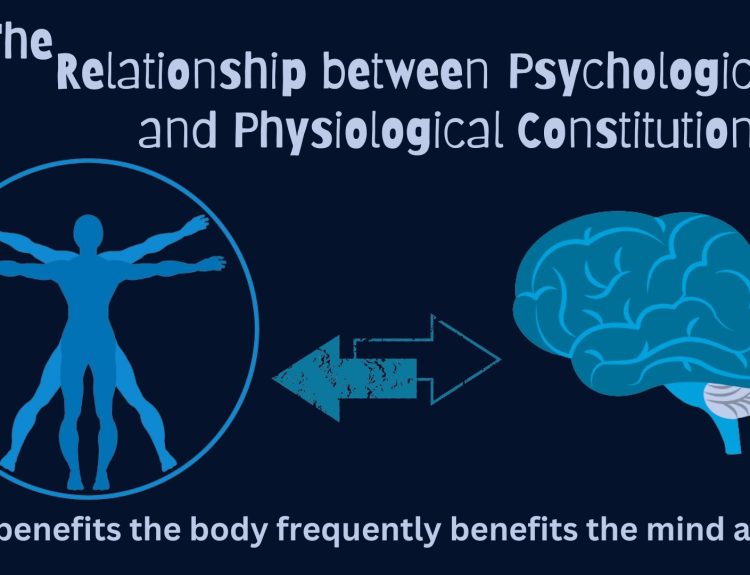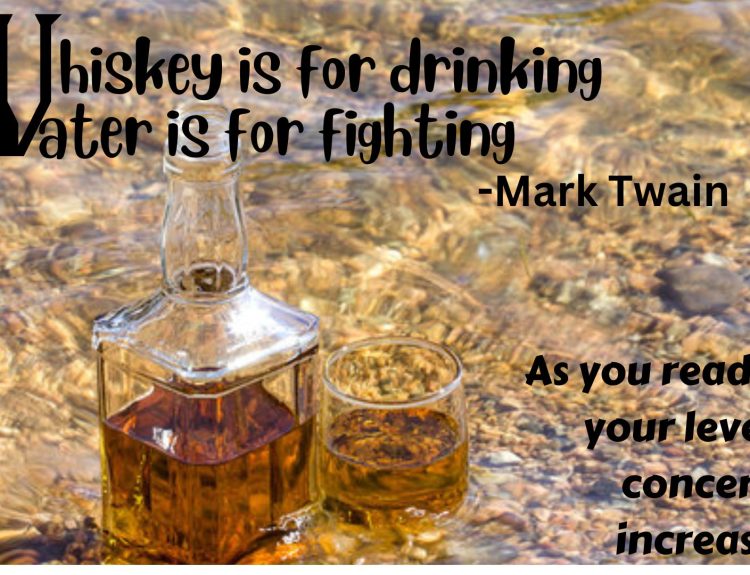The world’s coral reefs, often referred to as the “Rainforests of the Sea”, are not just vibrant underwater ecosystems but also hold immense cultural significance for many coastal communities. For generations, people have lived in close proximity to these magnificent structures, fostering a unique and intricate relationship between humans and corals. Living with Corals: From Sea to Society highlights the intricate interdependence between marine ecosystems and human communities, emphasizing the importance of sustainable practices to ensure the survival and thriving of these vital underwater habitats.
The Ecological Marvels
Coral reefs, built by tiny organisms known as polyps, are biodiversity hotspots teeming with a wide array of marine life. Coral reefs stand as some of the most abundant and diverse ecosystems on Earth. Globally, over 25% of all biodiversity is interconnected with coral reefs in the oceans.
Coral colonies, consisting of thousands of individual corals, serve as the building blocks of reefs, creating a foundation akin to apartment buildings in underwater cities. Within these vibrant reefs, an abundant array of marine creatures, such as shrimp, crabs, and fish, find their homes and thrive in this diverse ecosystem.
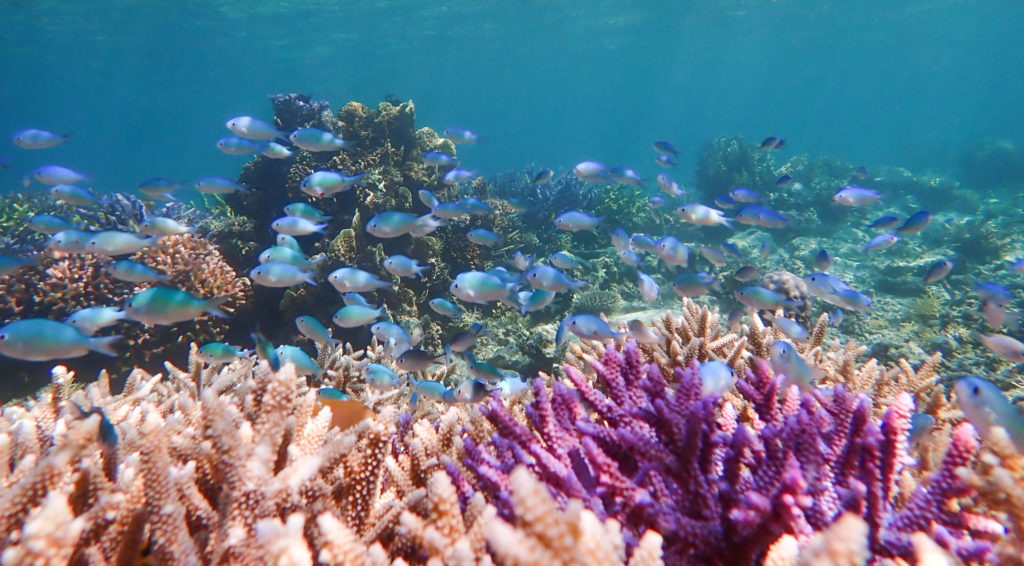
They provide essential ecological services, including shelter for countless species, coastal protection against erosion, and a significant contribution to the global carbon cycle. For coastal communities, these reefs are not just a source of beauty but also play a critical role in sustaining their livelihoods.
As coral colonies expand, they give rise to massive reefs like the Great Barrier Reef in Australia, stretching over 1,400 miles in length and even visible from space. The extensive size of these reefs can even shape habitats such as bays and low islands, showcasing their remarkable engineering influence.
Living with corals
Living with corals goes beyond their ecological importance, as humans and corals share a complex symbiotic relationship. Coastal communities often rely on reefs for fishing, tourism, and even traditional medicine. Fishermen have honed their knowledge of coral ecosystems, understanding the intricacies of reef habitats and seasonal patterns to sustainably harvest fish and other marine resources.
Not only are coral reefs captivating ecosystems, but they also hold significant economic value. These reefs serve as essential nurseries for numerous oceanic fish species, supporting the livelihoods of approximately half a billion people who rely on them for sustenance or fishing-related income.
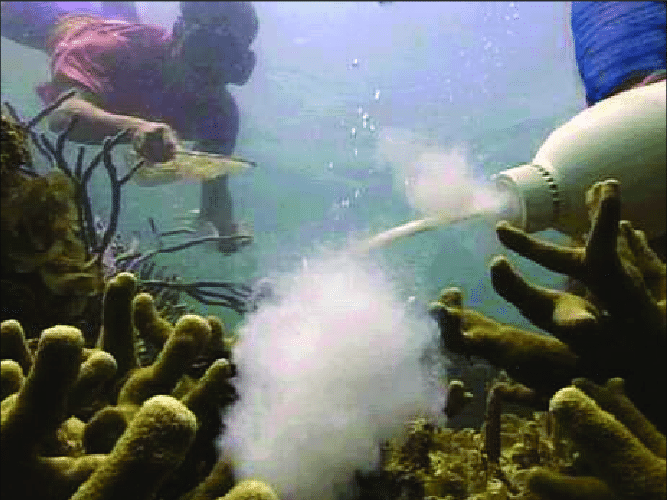
Moreover, the tourism industry benefits greatly from coral reefs, generating substantial revenues that can serve as a crucial source of income for some of the world’s most economically challenged nations. The local economies in proximity to coral reefs benefit significantly, raking in billions of dollars from tourism activities such as diving tours, recreational fishing trips, hotels, restaurants and other businesses operating near these vibrant ecosystems.
Read- Ecological Anthropology
Coral reef animals and plants are currently being explored as potential sources for numerous drugs targeting cancer, arthritis, human bacterial infections, viruses, and various diseases.
Additionally, coral reefs play a vital role in mitigating coastal erosion, flooding and property loss along shorelines, thus reducing the human toll of destruction and displacement. Coral reefs not only safeguard individuals and coastal regions from storms by acting as a barrier that mitigates the impact of powerful waves on the shoreline but also plays a pivotal role in reducing wave damage.
Coral as Cultural Symbol
Coral has held significant cultural symbolism for various tribes and indigenous communities worldwide, deeply woven into their traditions, beliefs and daily life. Here are some examples of how coral has been revered as a cultural symbol among specific tribes:
Red coral beads are a distinctive feature of the Benin people (Africa), adorning the necks of the royal family and brides during cultural occasions. These beads hold profound symbolism, representing notions of power, dominance and social hierarchy within their society.

Among the Hopi tribe (Southwest United States), coral symbolizes fertility, prosperity and protection. They use coral in their intricate jewellery, particularly in necklaces and earrings, as it is believed to bring good fortune and safeguard the wearer from harm.
Coral holds spiritual significance among the Trobriand Islanders (Papua New Guinea), who associate it with ancestral spirits. They use coral carvings and artefacts in their traditional rituals and ceremonies to invoke blessings and protect their communities.
It’s important to note that the cultural symbolism of coral may vary even within tribes and regions. Additionally, as coral reefs face environmental challenges and overharvesting, some tribes have adapted their practices to promote sustainable alternatives, such as using coral-inspired designs in their artwork and jewellery rather than using actual coral. These examples illustrate the diverse and profound cultural significance of coral among various tribes, highlighting its deep-rooted importance in their heritage and belief systems.
Climate Change and Challenges
Despite the strong cultural bonds between humans and corals, these fragile ecosystems are under threat due to climate change and human activities. Warming waters, ocean acidification and pollution pose significant challenges to coral health and survival. Coastal communities face the brunt of these changes as they disrupt traditional fishing practices, harm marine biodiversity and increase the vulnerability of coastal habitats to extreme weather events.
Coral bleaching is a phenomenon that occurs when coral reefs lose their vibrant colours and turn white or pale due to stress. The vibrant colours of corals come from a symbiotic relationship with tiny algae called zooxanthellae that live within their tissues. These algae provide essential nutrients to corals through photosynthesis and in return, the corals offer shelter and nutrients to the algae. When corals experience environmental stress, such as increased water temperatures, pollution or changes in water chemistry, they expel the zooxanthellae from their tissues. This expulsion causes the corals to lose their colour and become visibly white, hence the term “coral bleaching”.
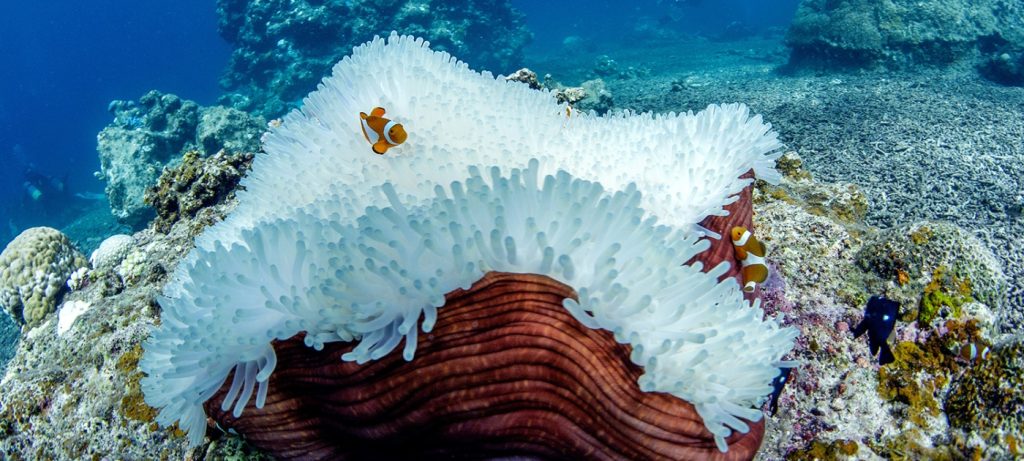
However, when coral reefs suffer damage, their capacity to sustain diverse marine life and support nearby communities diminishes. The decline in fish, plants and animal populations not only affects the reef’s ecological value but also diminishes its appeal as a sought-after tourist destination.
Conservation and Community Engagement
Given that approximately 20 per cent of the world’s coral reefs have already been lost and numerous others are currently facing threats, it becomes increasingly crucial to conduct further research and implement protective measures to preserve these invaluable ecosystems.
Recognizing the vital role of corals in coastal communities’ lives, conservation efforts have grown significantly. Many local communities are actively involved in conservation initiatives, contributing traditional knowledge and practices to protect coral reefs. Collaborative projects between scientists, non-governmental organizations and local communities are empowering people to take part in reef restoration and sustainable fishing practices and raising awareness about the importance of preserving these vital marine habitats.
Education plays a crucial role in instilling a sense of stewardship for corals and their associated ecosystems. Schools and community organizations are raising awareness about the significance of corals, their role in maintaining marine biodiversity and the importance of sustainable practices to safeguard these invaluable resources for future generations.
Below are a few examples of organizations committed to coral protection and conservation:
- Coral Reef Alliance (CORAL)
- Global Coral Reef Alliance (GCRA)
- The International Coral Reef Initiative (ICRI)
- The International Coral Reef Society (ICRS)
- The Wildlife Conservation Society (WCS)
- ReefWatch Marine Conservation
Conclusion
Living with corals is an intricate dance between human societies and the ocean’s fragile ecosystems. The rich cultural significance, ecological services and economic value of coral reefs make them essential for coastal communities around the world. While climate change and human impacts pose significant challenges to their survival, concerted efforts in conservation, education and community engagement offer hope for the future of these underwater marvels. By nurturing the symbiotic relationship between humans and corals, we can ensure that these awe-inspiring structures continue to thrive and inspire generations to come.
References
International Coral Reef Society
The Critical Role of Coral Reefs in Modern Society
This is why coral reefs are so vital for the planet- WEF
The International Coral Reef Initiative


